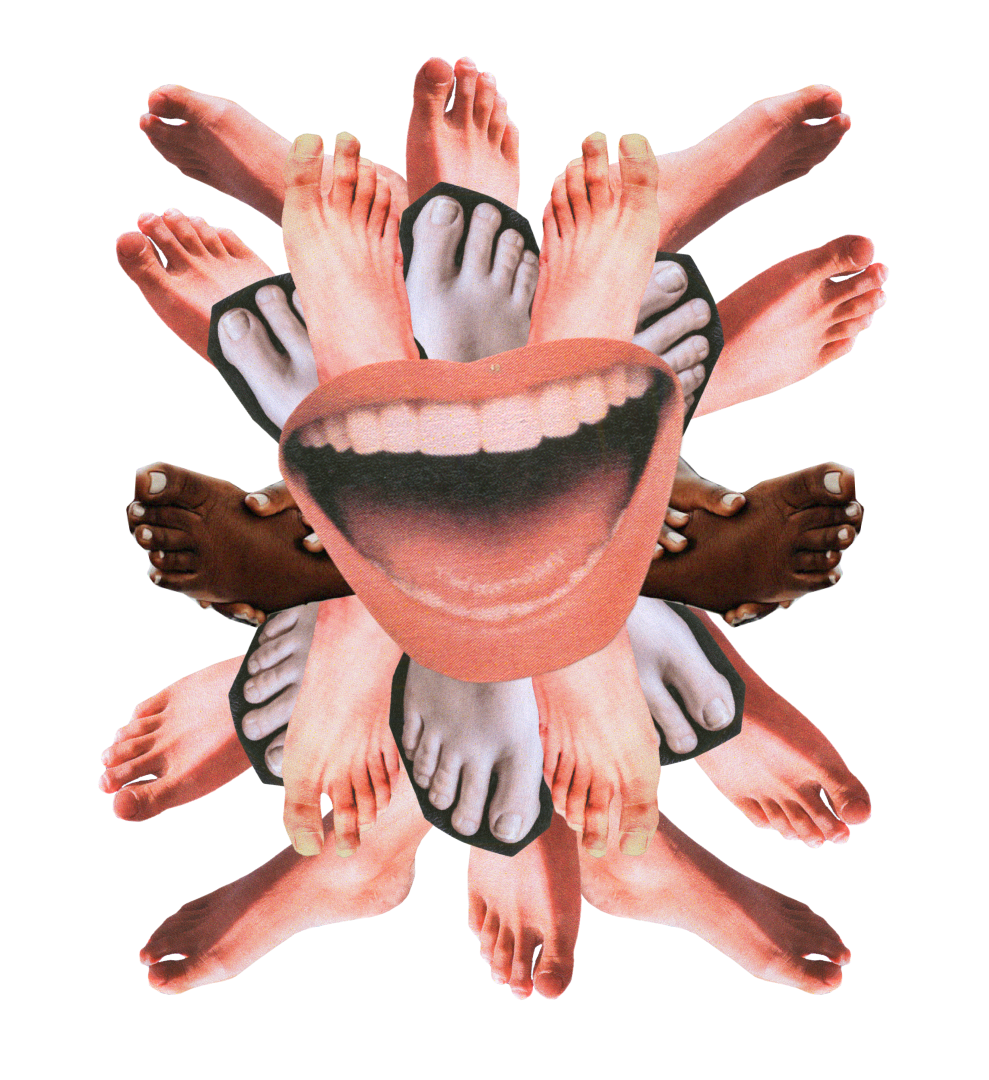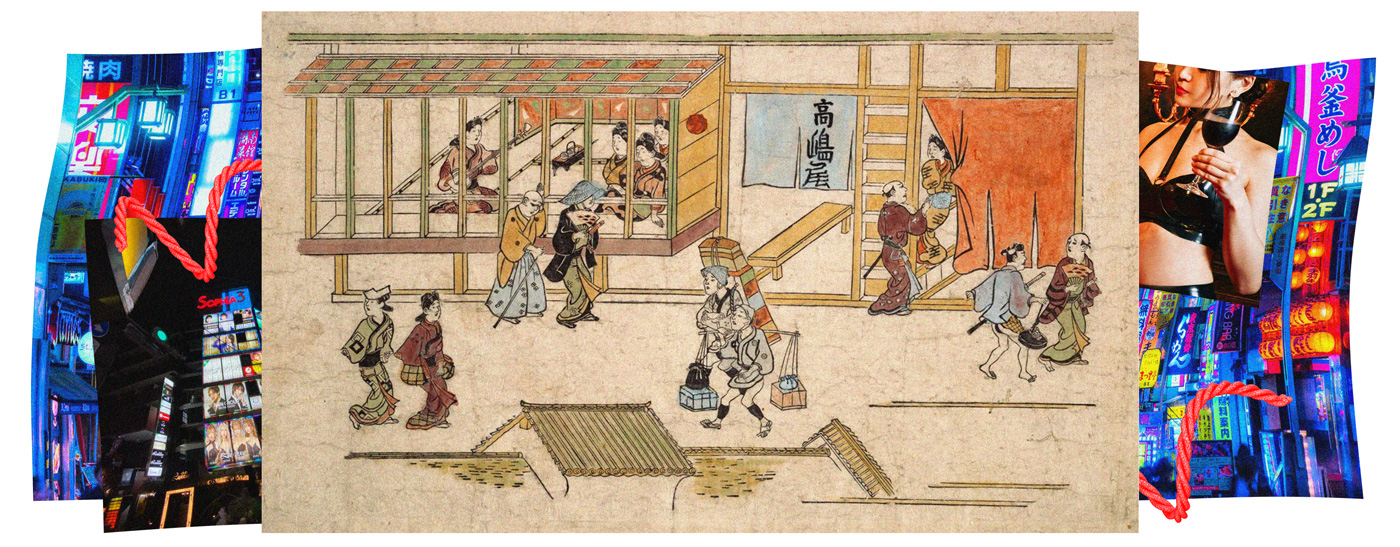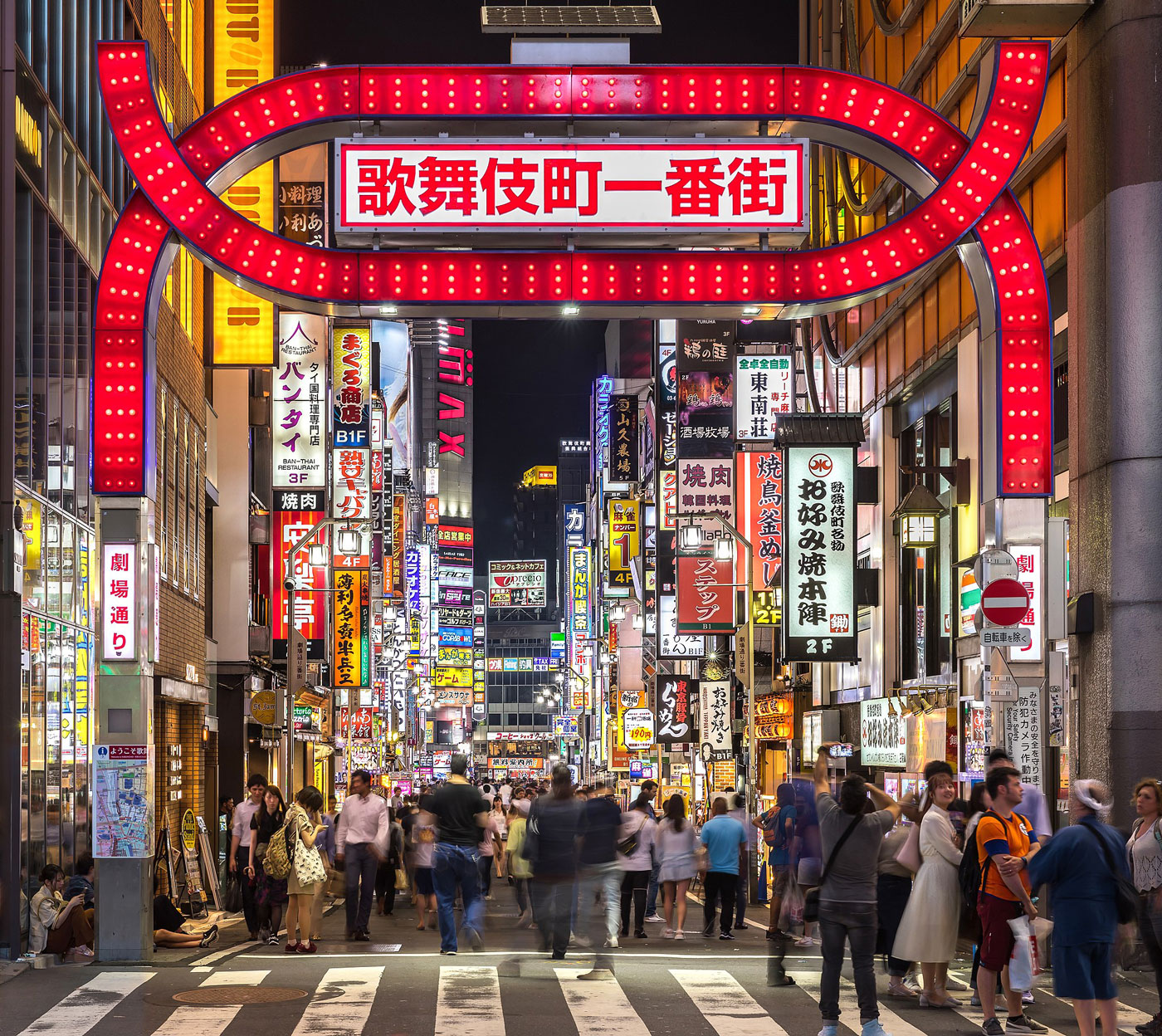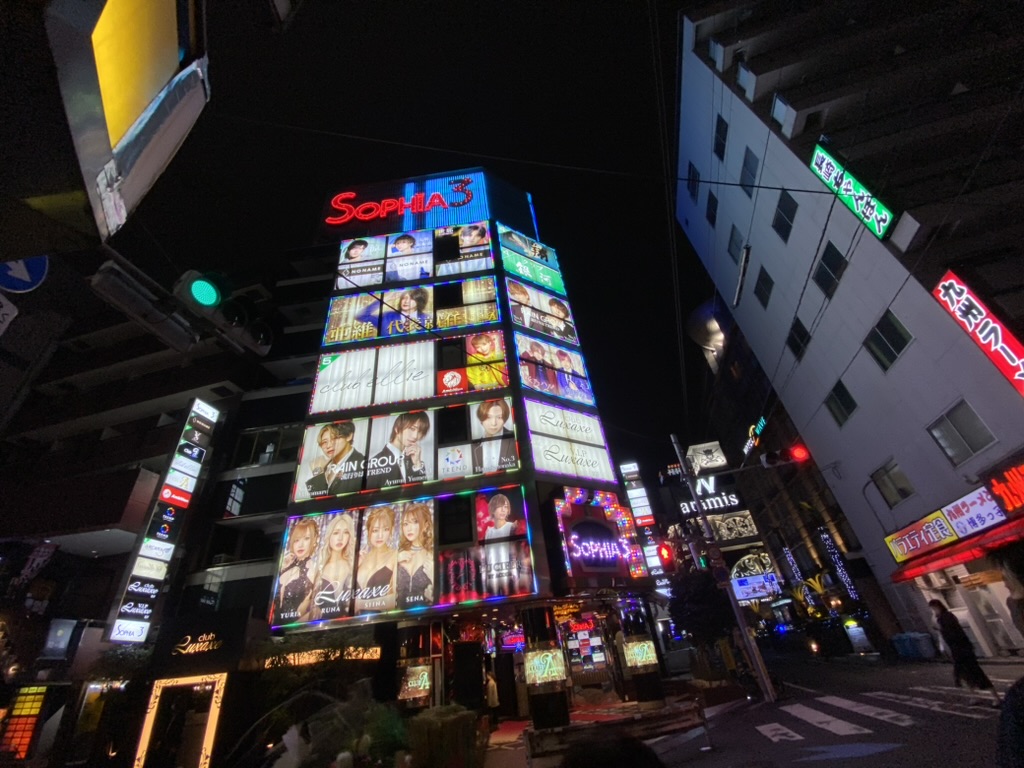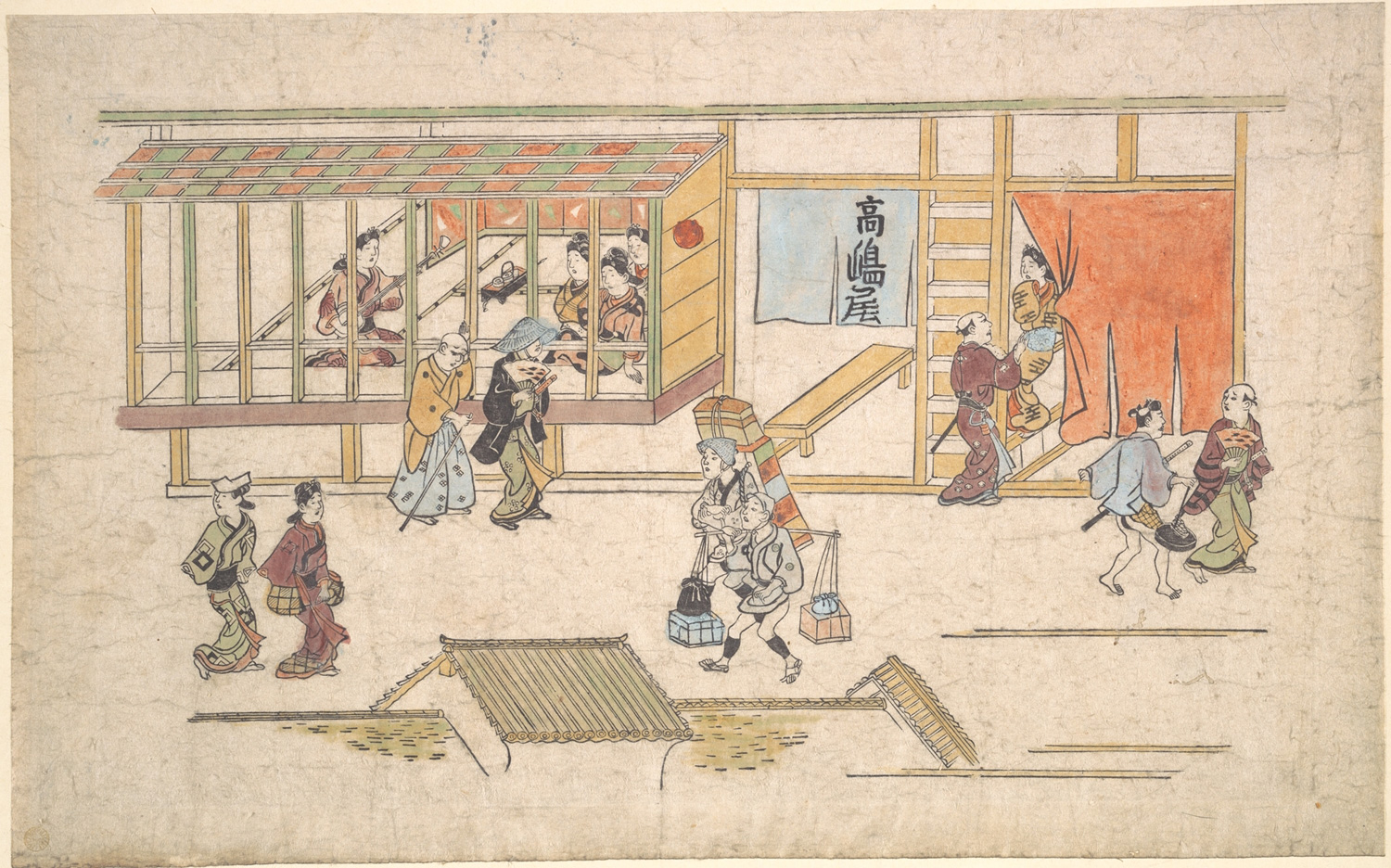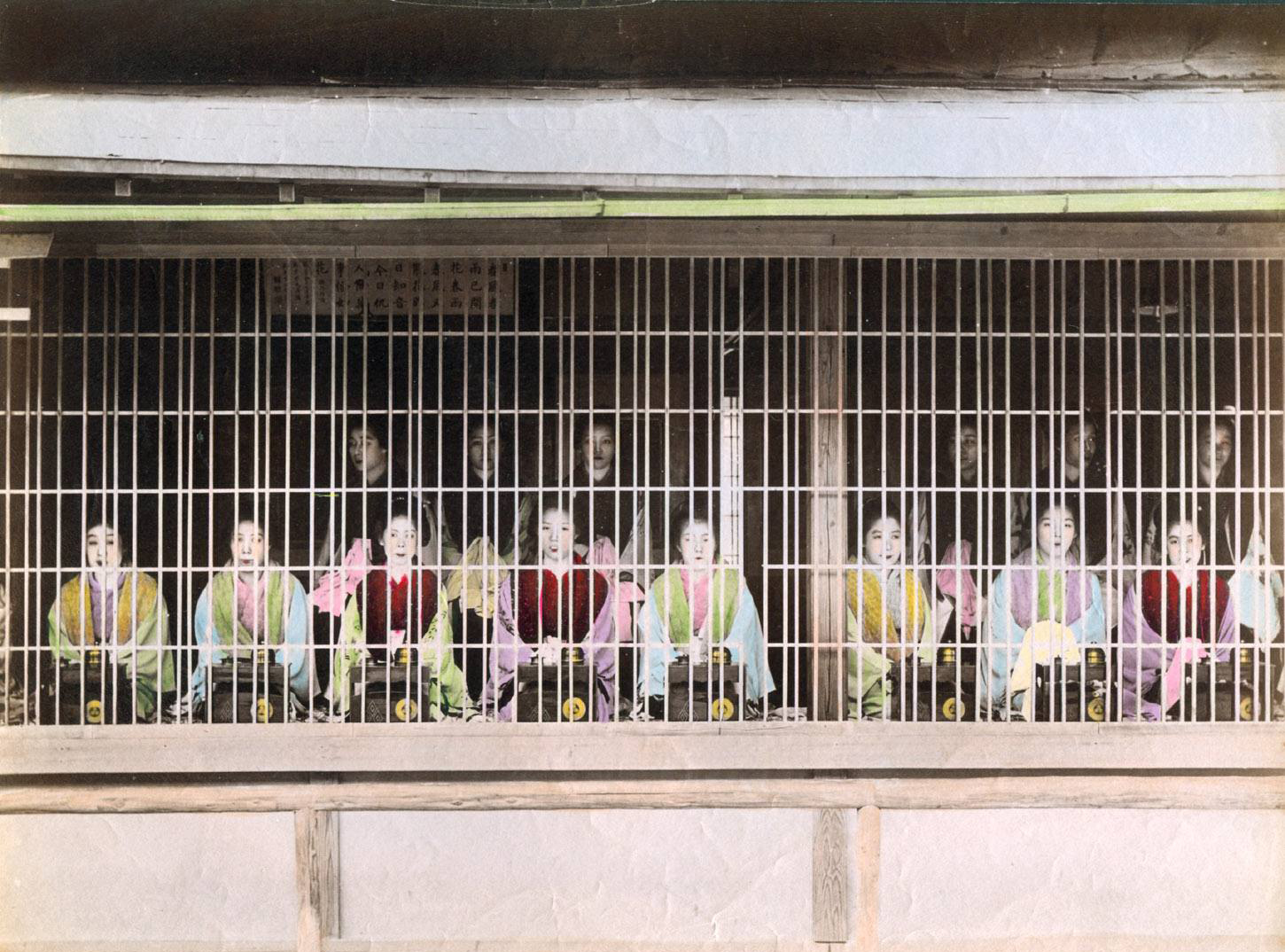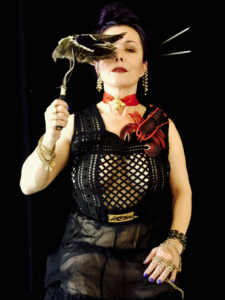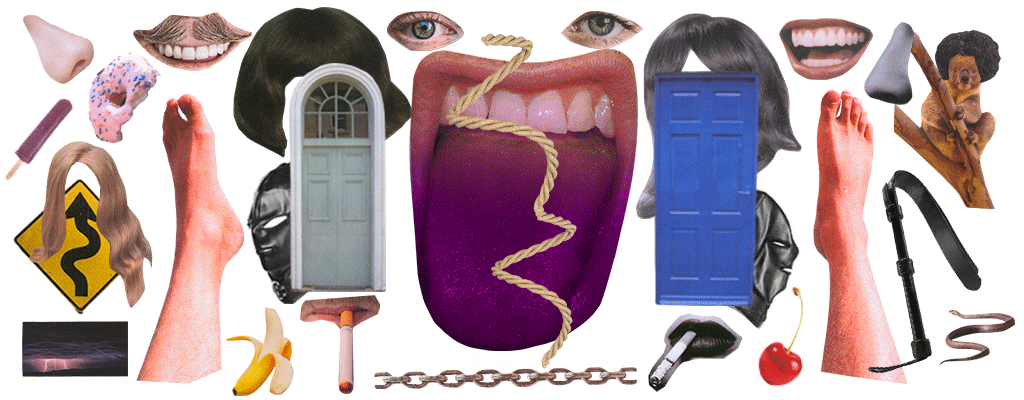So what does this history have to do with kink social life today? Everything, actually.
Today, these venues serve as de facto gathering spaces for people, whether just curious or deeply devoted to the themes. BDSM and shibari are just one of many exotic themes and proxy living rooms where people can feel a sense of belonging.
Access to BDSM and socializing in a kink milieu is firmly part of this recreational service sector. BDSM, shibari, sex work, and the entertainment industry are intricately tied together. Kink is experienced as recreation, something titillating to consume for amusement and find camaraderie within a socially-permitted business container.
In these spaces, people might learn about basic BDSM skills and activities, feel comfortable asking questions, and perhaps relax enough to reveal something of themselves. At the same time, because it’s a commercial venue, there’s a literal and metaphorical escape route. They can leave and keep the kink from coming home into their private lives. There is the plausible deniability to others and oneself that it was, after all, just a theme bar and a bit of a naughty night out.
Do not confuse these kink-themed bars with western-style play parties. These are hostess bars with kinky décor where play, usually light play or performances, might happen. No sex. Generally no nudity. People are drinking, sometimes heavily. In swingers’ bars with kink-themed playrooms, there might be some kink and sex, and a full bar. If you aren’t comfortable in S&M environments with alcohol, these are not good places for you.
The guests often watch or talk about kink with the staff, who know how to keep the conversation and drinks flowing. The commercial venues become places where people see some kink and learn a bit through informal shares. On many occasions, I have watched customers ask what hot wax, whips, canes, or rope feels like. The lingerie-clad hostess drips a few drops on the customer’s arm, gives them a few swats, puts a collar on them, then pours another round of expensive whiskey.
Contrary to what some might imagine or insist upon about Japan, BDSM and shibari isn’t practiced by every adult, considered a sacred or meditative art, or taught in rigorously demanding martial arts style schools. Are there some people who do that? Sure. Are there some places where you can enjoy a disciplined learning program? Sure. But the insinuation that shibari is commonly practiced and accepted as a meditative and spiritual tradition in Japan is an unfortunate steaming pile of Orientalist fiction created by Westerners.
How things work behind the scenes in BDSM venues is not shared with curious foreign tourists or those coming to learn from the in-house rope bondage specialists. It’s a business of fantasy making. Don’t explain the magic. Keeping the illusion alive keeps the business alive. As someone who grew up in Tokyo and is seen as part of the greater pleasure industry (there’s no equivalent of my work in Japan, so they think of me as a perv culture writer) I’m privileged to have woman-to-woman frank conversations with the workers. These have been insightful, giving me multifaceted perspectives into the kinkier corners of the Floating World.
The workers in these venues usually learn on the job. In reality, many workers have limited or no personal experience in kink. Often it is not even their personal interests. It’s a job.
Customers learn from entertainers, who themselves may have little actual play experience. Staff-to-staff training of BDSM skills as part of their hostess repertoire is probably the same as for other types of workers back in the floating worlds of Edo.
These staff are exceptional at the central purpose of their service: to help you feel good, seen, and appreciated as a person. They work hard on their craft of personal space-making and lavishing attention on the customer. They are not there as the patron’s personal domina or private submissive partner. These are mutually agreed-upon and highly-choreographed pseudo-relationships.
When you go to these spaces, enjoy and appreciate their host and hostess skills. Try your Japanese, even if just a faltering few phrases. You could ask them to teach you a kink word or two — that’s always good for a chuckle. While you’re there, strike up friendly conversations with other customers. You might make a new friend…. or more.
